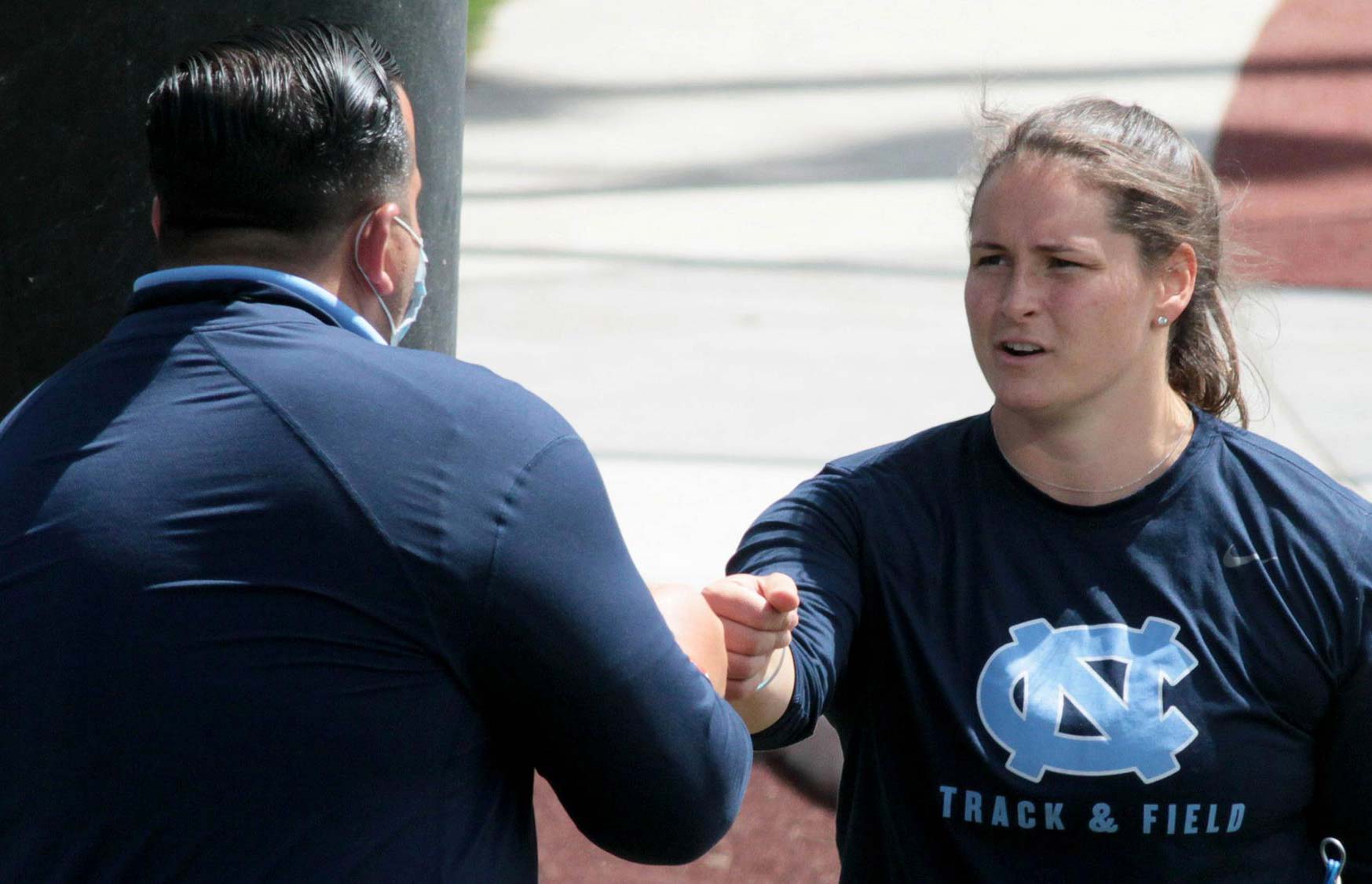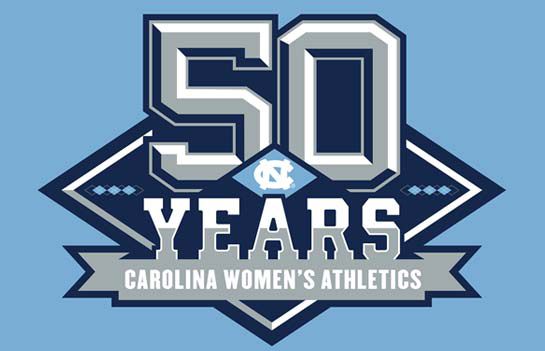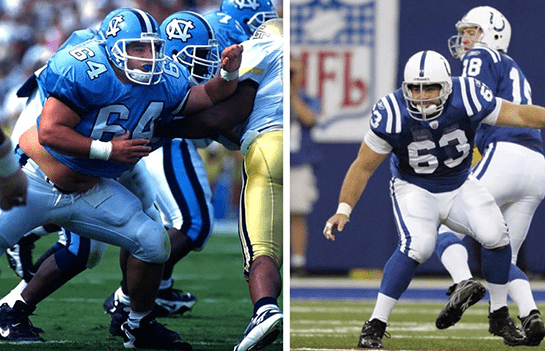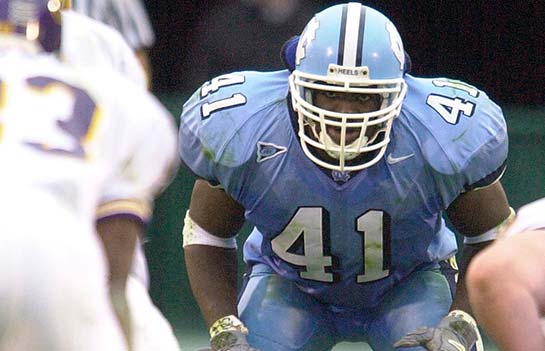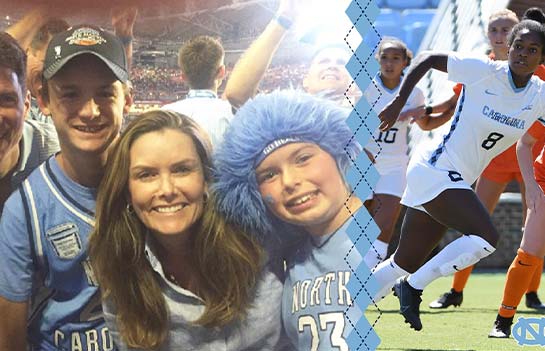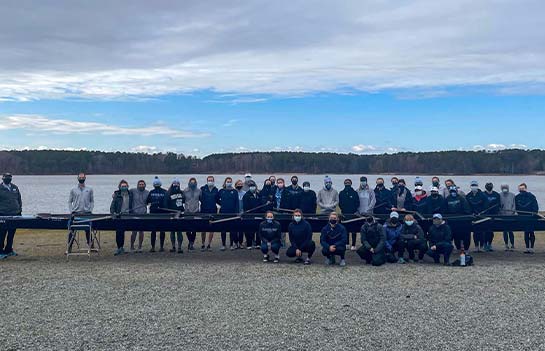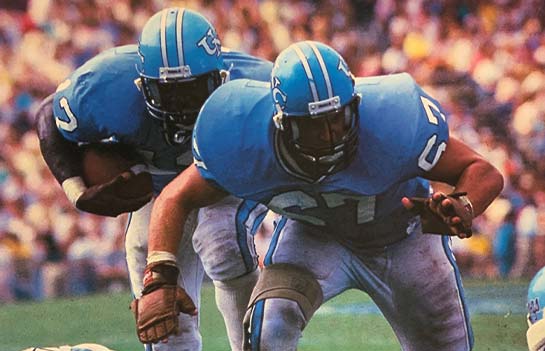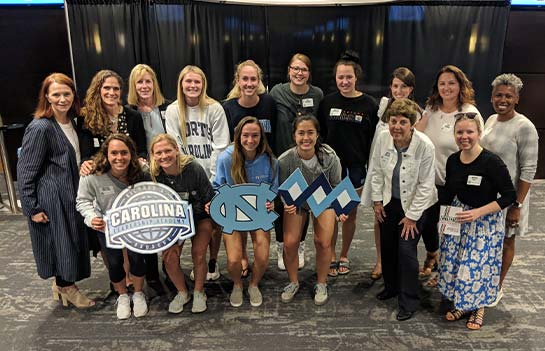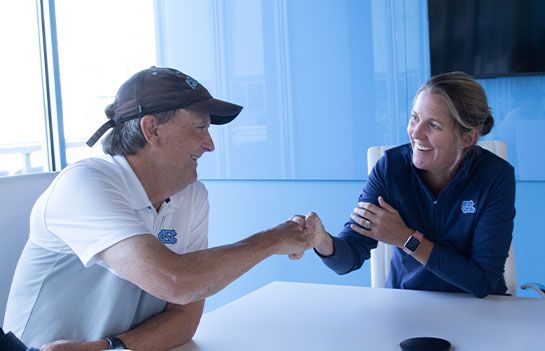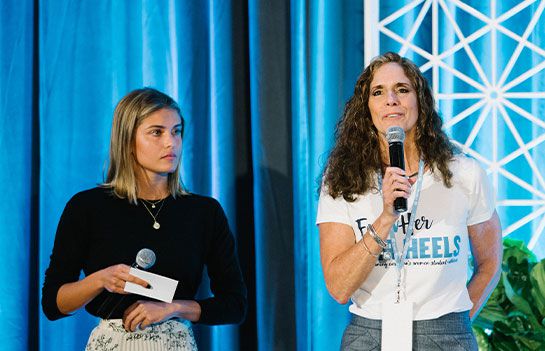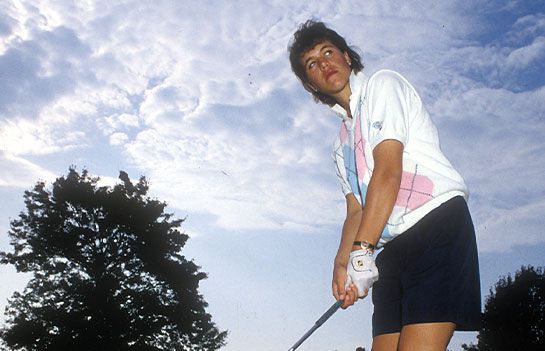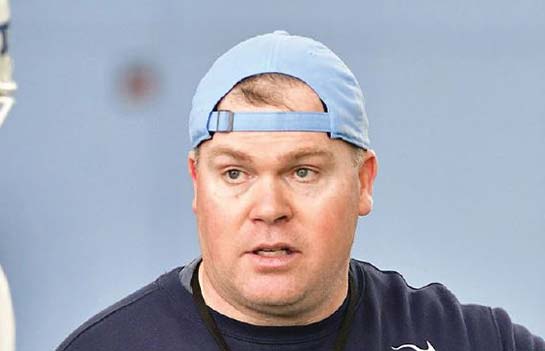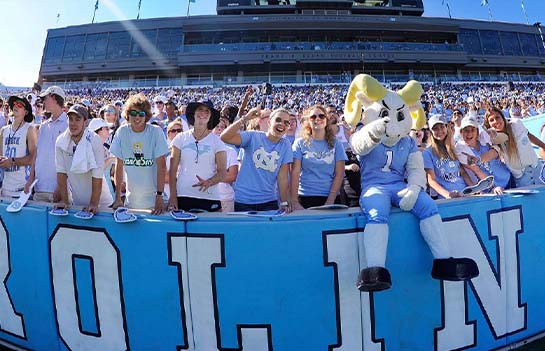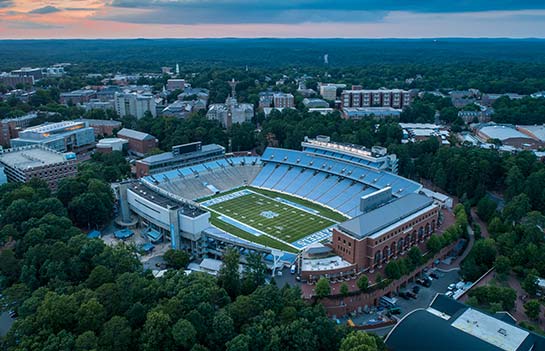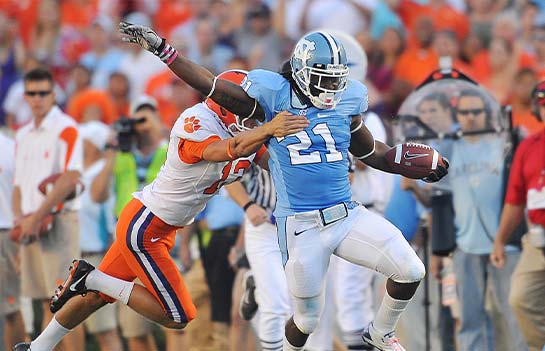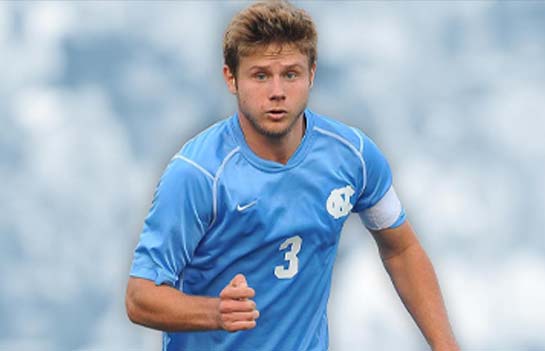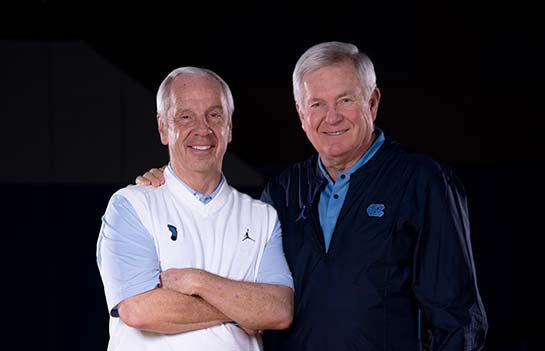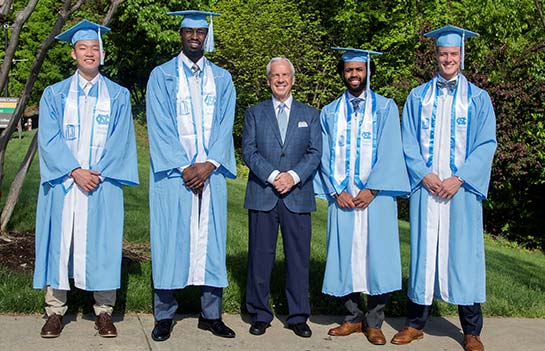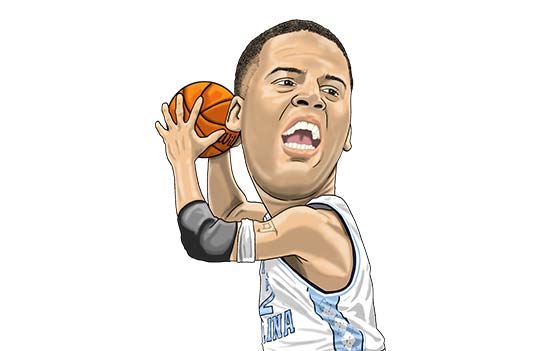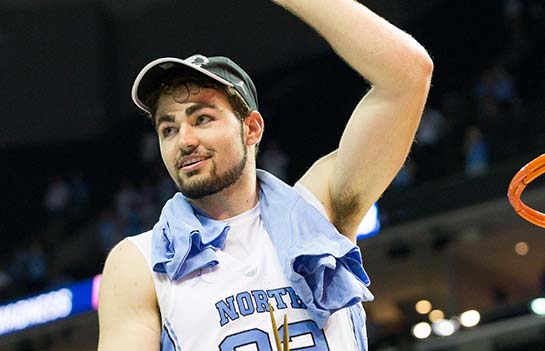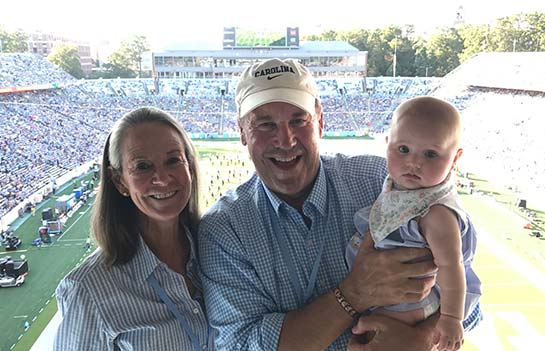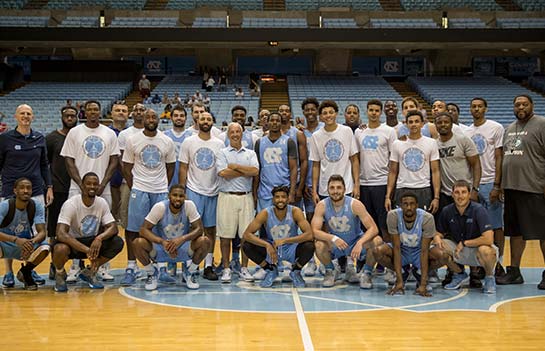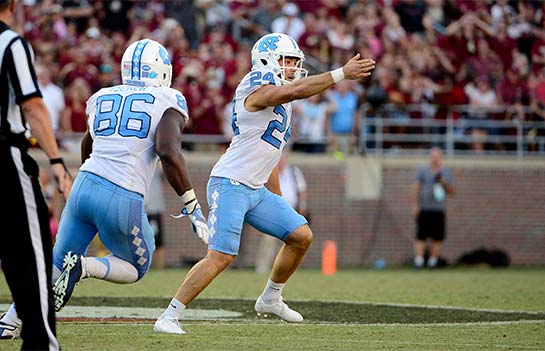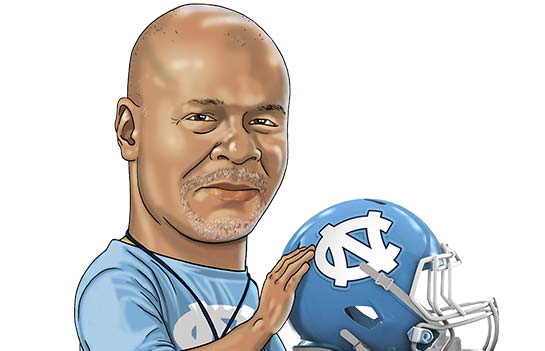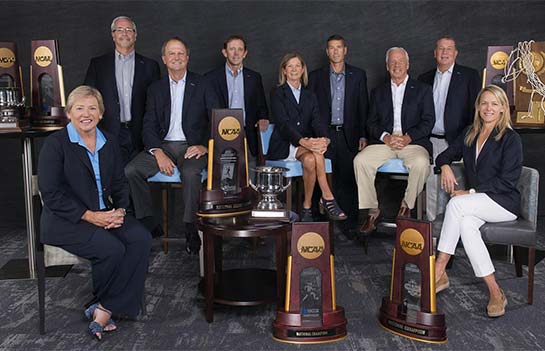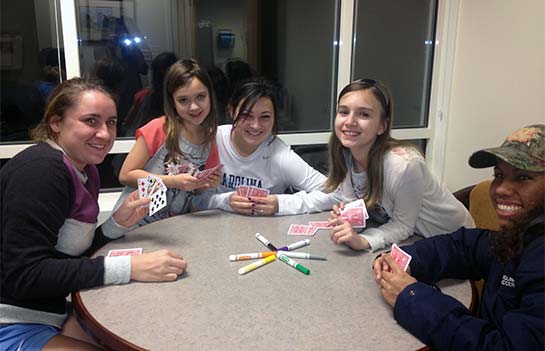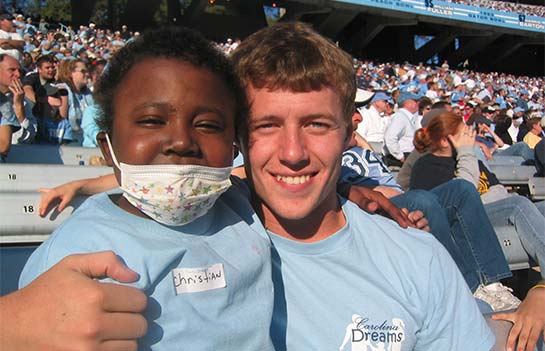LIFE ON SCHOLARSHIP
THE REALITIES OF BEING ON SCHOLARSHIP SOMETIMES DIFFER FROM THE COMMON PERCEPTION
By: Andrew Stilwell
On the surface, it seems simple: A student-athlete is deemed "good enough" athletically to be on scholarship, and their education is paid for, for up to four years, until that student-athlete "goes pro" in their respective sport or graduates. In reality, it's much more complicated than that.
"Each scholarship agreement is unique for each student-athlete," said Sue Walsh, Associate Executive Director of Scholarship & Legacy Gifts for The Rams Club. "For example, while football players might be on full scholarships, for a sport like swimming, student-athletes might only be on a partial scholarship that just covers books, or just covers tuition, or just covers room and board. Each student-athlete has their own individual scholarship agreement that outlines what they are offered."
"That number includes student-athletes who are actively participating in one of our 28 sports," Walsh said. "But it also includes student-athletes who might have suffered a career-ending injury and are medically ineligible. It also includes people that are still pursuing their degree but have finished their athletic eligibility. They typically have just a few classes left to finish up."
Currently, there are more than 500 student-athletes on some type of athletic scholarship at Carolina. Of the 28 varsity athletic programs at Carolina, 26 are at the maximum number of scholarships allowed by the NCAA.
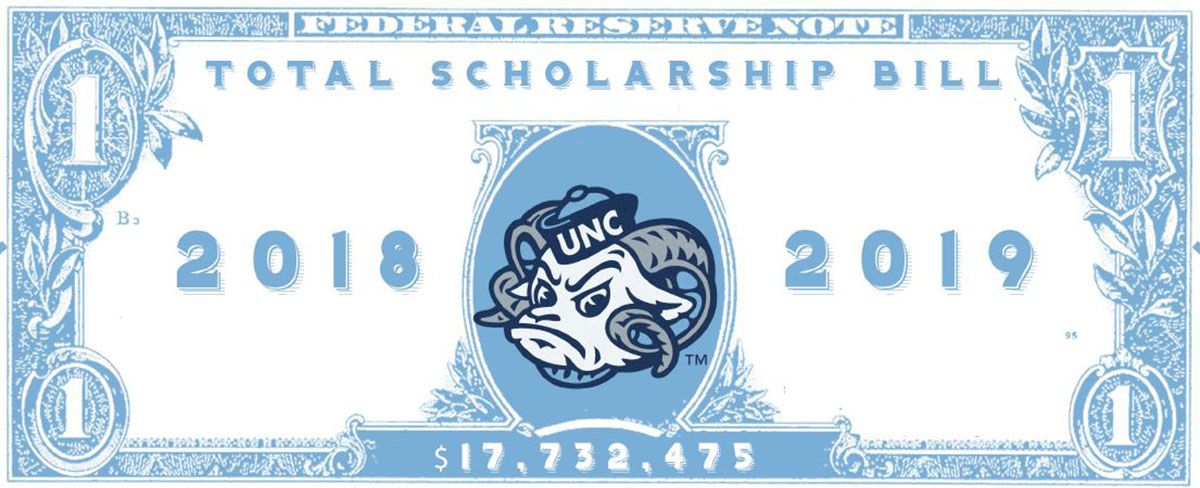
Also included are several athletes who have left the University in good standing before they graduated, often to pursue professional careers in their respective sports. They come back to finish their degree through the "Complete Carolina" program.
Managed by the Department of Athletics, "Complete Carolina" provides financial support to returning student-athletes proportional to a student's athletics aid during initial enrollment as a student-athlete, including tuition, fees, room, board and books. Since its inception in the 2015-16 academic year, and as of January 2018, more than a dozen Tar Heels have earned their degrees using this new program – with many more currently taking classes with degrees as their goal.
"I think the Complete Carolina initiative is important," Walsh explained. "We want to provide our student-athletes with an education whether it takes four years, five years, or whether they want to come back later in life when they have a family and really want to get that degree, which is wonderful. We certainly want everyone to put that Carolina diploma on the wall and be proud of it."
For many years, it was fairly straightforward to be "on scholarship." But what does that really mean today?
"Previously if you received tuition, fees, room, board and books, you were considered a 'full' scholarship athlete," said Marielle vanGelder, Associate Director of Athletics for Compliance and Senior Woman's Administrator for Carolina Athletics.
In 2015, the NCAA passed legislation that allowed full scholarships to include expenses that were deemed as part of the overall "cost of attendance to the University." At Carolina, a "full ride" scholarship costs approximately $25,400 for in-state student-athletes and $52,400 for out-of-state student-athletes per year.
Because the individual scholarship agreements for each student-athlete are unique, there is not a "set" scholarship agreement, and the agreements can be either multi-year agreements or single-year agreements that are renewed every summer.
"You have the ability to write a multi-year agreement now," vanGelder said. "They used to typically be one-year annual awards that were renewable every year. Now we have the opportunity to write multiyear agreements that have aid in every academic year that the student will be in attendance. We still have the single year awards, but when they come up for renewal in the summer, there are very limited reasons why you could not renew that scholarship."
Each agreement serves as a "contract" that must be upheld for a student-athlete to remain on scholarship.
"When we send out aid agreements to the incoming students, they'll see what we're guaranteeing them for the next four years – whether it's an annual award and we'll evaluate next summer, or we're going to guarantee you four years of 'x, y and z,' whatever that looks like," vanGelder said. "All the terms of their scholarship agreement – what they need to do to remain eligible – is laid out so it's clear what the standards are by which they have to live in order to continue to receive the aid."
When asked if there were any misconceptions about how scholarships "work," Walsh had two points of note.
"One thing I think there is a lot of confusion over – I think a lot of people are under the incorrect assumption that the University doesn't actually charge us or bill us for scholarships – that it's more of a wash," she said. "But we actually receive an invoice several times per year, and we actually write them a check to pay for the scholarships. It's a legitimate expense that I think some people don't realize."
"The second thing people don't think about are the costs in there for some additional meals that the athletic department provides," she continued. "You might have a student-athlete that has practice in the morning, then they go to class, and then have to go to weights. How do you feed them in between all of those things? When football has a game that ends at 10:30 p.m., the student-athletes can't get over to the dining hall, so we've got to provide opportunities for them to fuel their bodies no matter what time that might be. If we want them to perform at their best, we need to provide them with the necessary resources to do so. Excellence is expensive."
For Walsh, a 1984 Carolina graduate and former scholarship recipient herself in swimming, she noted the financial relief of a scholarship as a major benefit for student-athletes.
"As a student-athlete, it's very difficult. You're a 'regular' student, and then you add on top of that your need to train and compete for an additional 20 hours every week," she said. "You really don't have much time left to have a part-time job if you need one, or participate in other activities."
"Having all, or at least a portion of your education paid for, is an amazing opportunity. From my perspective and from those student-athletes with whom I have spoken, it really reduces the overall anxiety level of, 'How am I going to pay for this?' or, 'What sort of student loans am I going to be facing when I graduate?' if I didn't have this scholarship."
The overall cost of University attendance has more than doubled over the last ten years, and as such, the overall dollar amount needed for scholarships has gone up as well.
"When I was at UNC, my full scholarship was valued at approximately $5,000 a year," she continued. "When you multiply that by four years to $20,000, it currently costs us $5,000 more to educate an in-state student-athlete for one year than it did to educate me, an out-of-state student-athlete, for four years."
Rams Club members support more than 99 percent of all of the athletic scholarships at Carolina.
"The total scholarship budget this year is $17.7 million," Walsh said. "The scholarship endowment produces a distribution that covers about 60% of that, and the rest comes from the annual gifts of our members."
Walsh noted how important the support of Rams Club members is to making the Carolina experience possible for Tar Heel student-athletes.
"When you're operating at this level with 28 sports – and I love the broad-based program because of the number of opportunities that we're providing – the costs are significant," she said. "We're very thankful for all Rams Club donors, especially the donors who have endowed scholarships, some of whom have funded multiple endowments, as well as those who have added to their original scholarship commitments. As we close out the 50th anniversary of the Scholarship Endowment Trust and begin the second half of the Campaign for Carolina Athletics, we're looking for many more people to do the same."
More Stories
The impact of giving comes through in wonderful stories about Carolina student-athletes and coaches, as well as the donors who make their opportunities possible. Learn more about the life-changing impact you can have on a fellow Tar Heel through one of the features included here:
